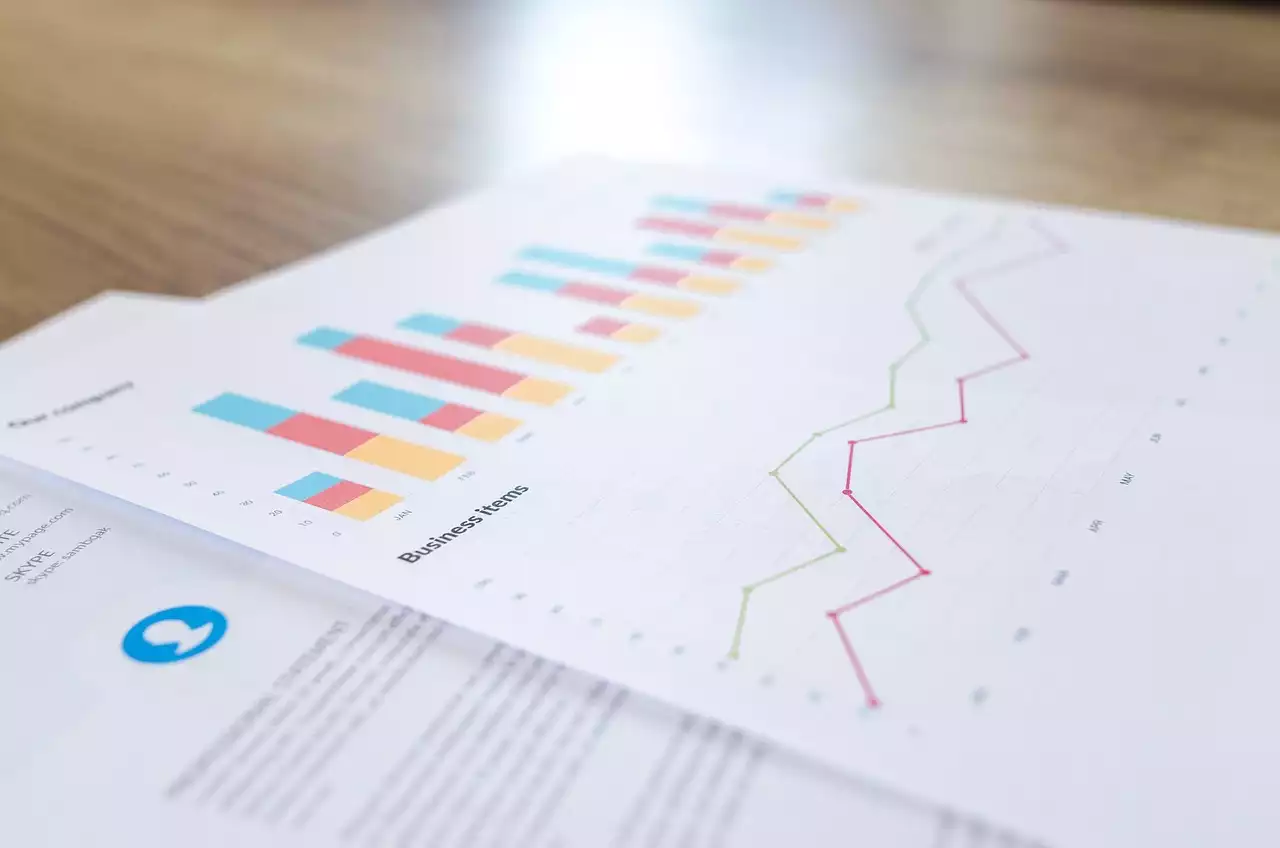Benefits of buy and hold investing
By investing in stocks and other securities with a buy and hold strategy, investors can benefit from the potential for stock price appreciation and other returns. Additionally, buy and hold investments can help protect against market volatility and provide a steady stream of income. Investors who follow this strategy can also benefit from the long-term capital appreciation that occurs over time as the value of their investments grows. Finally, buy and hold investments can help to diversify a portfolio and reduce risk by spreading investment dollars across a range of assets.
Advantages and disadvantages of buy and hold investing
Buy and hold investing is a low-risk investment strategy that has the potential to produce long-term gains, but it also comes with a few potential disadvantages. First, buy and hold investing often has a lower rate of return than other investment strategies. In addition, there is some risk that an investor’s portfolio may not maintain its value or may even lose money over time if the market experiences a major decline. Finally, investors who follow a buy and hold strategy may not be able to maximize their returns each year. If a market decline causes share prices to fall, shareholders who are waiting for the market to rebound may miss out on significant short-term gains.
Types of investments suitable for buy and hold investing
Investments that are suitable for buy and hold investing are typically low-risk assets like stocks, bonds, or cash. As such, they can be held in a portfolio for a long period of time without needing to be sold or replaced. Investors who follow a buy and hold strategy should select a mix of low-risk assets that are likely to perform well over the long term. Examples of low-risk assets include stocks, real estate, and long-term government bonds.
Developing a buy and hold investing strategy
Investors who are new to buy and hold investing should carefully consider their investment strategy before making any investment decisions. Investors should select a mix of low-risk assets that are likely to perform well over the long term, diversify their portfolio, and protect against risk. Additionally, investors can consider their investment timeframe, investment amount, and risk tolerance when developing a buy and hold investment strategy.
Key considerations when investing with a buy and hold strategy
When deciding which stocks, bonds, or other assets to invest in with a buy and hold strategy, investors should consider a number of factors. These include the asset’s expected returns, risk, expected dividend payments, annual yield, and market outlook. Additionally, investors should carefully consider the amount of time they plan to hold an asset. Longer-term holdings can help protect against short-term market volatility, but they also expose investors to a greater risk of a significant decline in value over a long period of time. Moreover, investors who follow a buy and hold strategy should select a mix of assets that produce a steady stream of income, such as bonds or real estate, along with assets that are expected to appreciate in value over time, such as stocks. Finally, investors should consider their overall financial situation and risk tolerance when investing with a buy and hold strategy.
Examples of successful buy and hold investments
Investors who follow a buy and hold investment strategy can benefit from a wide range of investments over time, including stocks, bonds, and more. For example, stocks in large, well-established companies that pay dividends can provide a steady stream of income and help protect against market volatility. Alternatively, real estate can produce a stream of income and may appreciate in value over time. Finally, long-term government bonds can provide a steady stream of income, while also providing a hedge against market volatility. These are just a few examples of the types of investments that can perform well with a buy and hold strategy.
Common mistakes to avoid when investing with a buy and hold strategy
While following a buy and hold investing strategy can provide investors with long-term gains, it is important to avoid making any mistakes along the way. First, investors who follow a buy and hold strategy should diversify their portfolio and avoid putting all their eggs in one basket. This can help reduce risk and protect against short-term market volatility. Second, investors should carefully consider their investment timeframe when following a buy and hold strategy. Longer-term holdings can protect against short-term market volatility and provide a steady stream of income, but they also expose an investor to a greater risk of a significant decline in value over time.
Buy and hold investing and taxes
Investors who follow a buy and hold investment strategy typically have a long-term holding period, which can come with some tax implications. Long-term assets, such as stocks, bonds, or real estate, are generally held for at least one year. Short-term assets are typically held for less than one year. Short-term assets are taxed at ordinary income rates, while long-term assets are taxed at a lower rate. This means that long-term assets can help reduce an investor’s overall tax liability.









